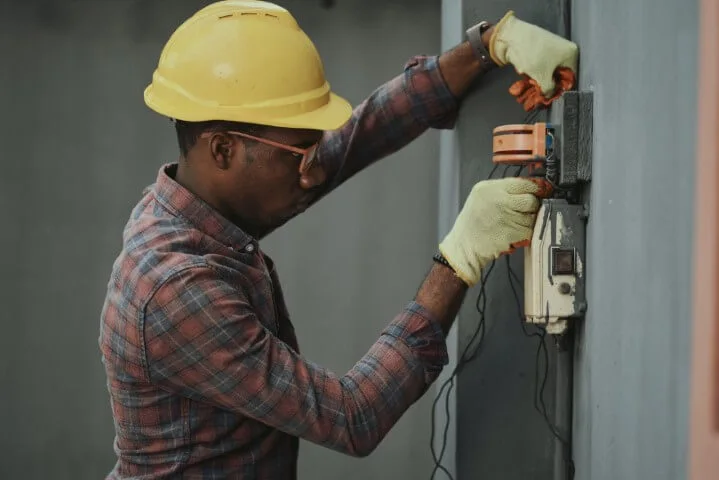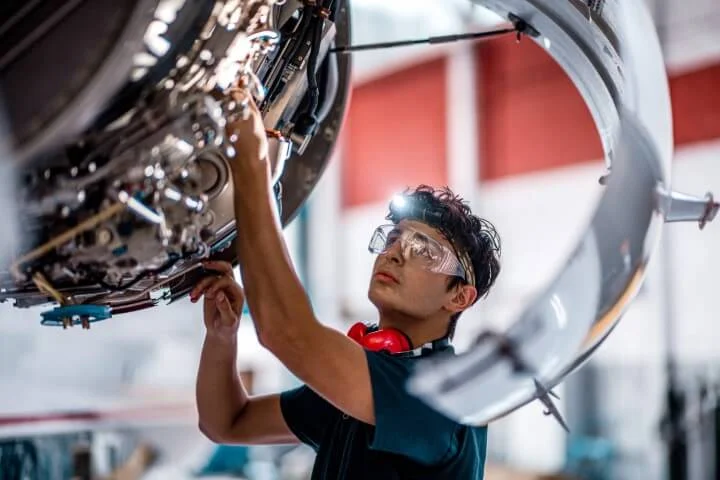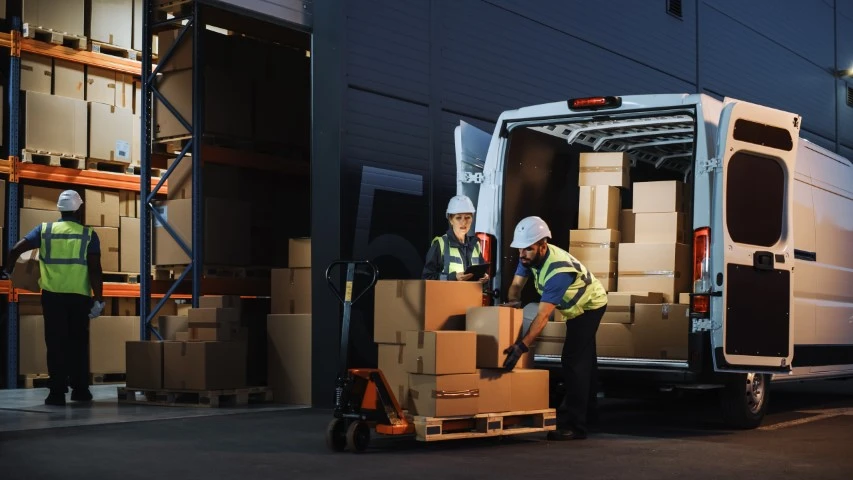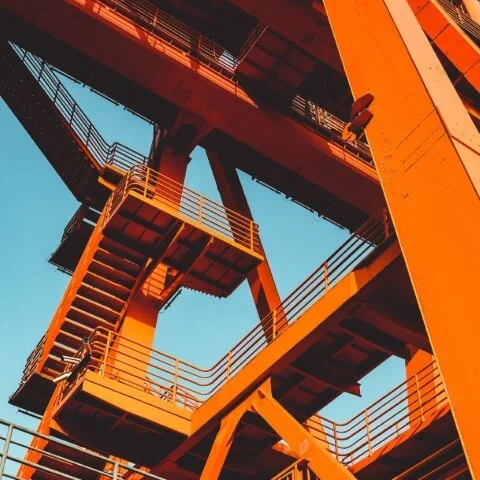Money Talks: Workplace Injuries Result In Significant Worker Compensation Costs
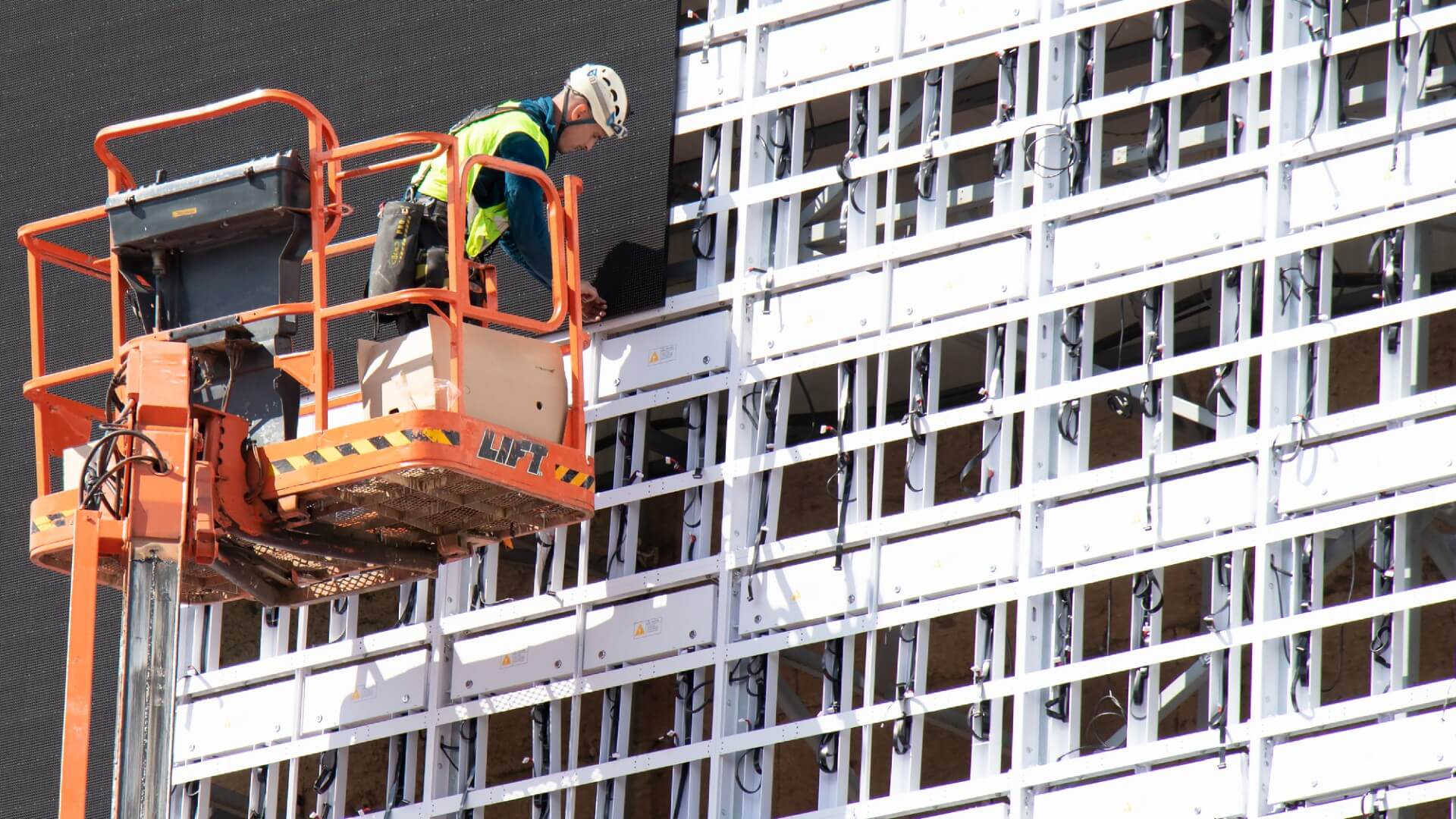
Money Talks: Workplace Injuries Result In Significant Worker Compensation Costs
Despite best efforts to head towards a zero-accident safety culture, workplace incidents are still very common. Injuries can have significant consequences, not only for workers but also for employers. Employees may miss several days of work due to the injury, reducing productivity, and employers may be forced to pay out compensation, which can exceed $250,000.
In a recent study, insurance firm Travelers examined the compensation claims of 1.2 million workers from 2017 to 2021. Its results indicated that overexertion and slips, trips and falls were the most common causes of injury, as well the primary drivers behind compensation claims over $250,000. The industry where both injury causes were most common was construction, which also had the greatest average number of missed days off work, at 103. Construction sites are ever-changing environments, where workers must complete hazardous tasks involving dangerous materials and heavy equipment. Poor weather conditions can make these jobs more challenging and increase the risk of slips and trips. Dislocations and fractures are common results of slips, with data from this survey indicating that these are the types of injury most likely to lead to days off work.
Working to counteract these injuries, there are various technologies EHS functions can deploy to help reduce the number of high-risk tasks and identify potential risks before they cause an accident. For example, UAVs (unmanned aerial vehicles) – commonly known as drones – can be used to complete at-height infrastructure inspections. With this technology in place, workers no longer have to climb onto a high and potentially uneven platform, reducing the risk of a fall taking place. Moreover, proximity sensors can capture moving objects, measure the required distance to keep workers safe, and issue warnings when someone this buffer zone.
As EHS functions transition towards proactive safety, AI functionality could be a fruitful avenue of development. Machine learning capability integrated with worksite security cameras can identify when a slip or fall is about to occur. These tools undergo training using extensive data sets that contain videos of slips and falls, enabling the technology to recognize scenarios where these incidents have occurred and alert site managers when they are likely to strike again. With early and pre-emptive warnings, firms have more time to implement the right measures to reduce or eliminate these risks altogether.
Eradicating incidents completely is a virtually impossible task. However, with the help of EHS technologies, firms can reduce the risk of severe accidents and identify many cases before it is too late. To read more about EHS technologies, visit our research portal.
